

If your cleaning machine experiences frequent interruptions during operation, the issue may stem from several common factors. Begin by examining your water supply; make sure the inlet hose is not kinked or blocked, as restricted water flow can cause the unit to overheat and trigger a safety shut-off. Clear any obstructions and check the hose for leaks to ensure steady water flow.
Another critical aspect to investigate is the engine oil level. Insufficient oil can lead to overheating, resulting in automatic shutdowns for safety purposes. Regularly check and maintain the oil level according to the manufacturer’s specifications, topping up or changing it as necessary.
Don’t overlook the air filter. A clogged filter restricts airflow, leading to engine strain and potential shut-offs. Regular cleaning or replacement of the air filter will help maintain optimal performance.
Lastly, inspect the electrical connections and the power supply. Loose or corroded wiring can cause electrical interruptions, leading to unexpected shutdowns. Ensure all connections are snug and clean. Consider consulting the user manual for any specific troubleshooting steps tailored to your model.
Understanding Frequent Shutdowns of Your Cleaning Equipment
Check the water supply regularly. If the flow is insufficient or the inlet hose is kinked or blocked, the unit might overheat and shut down. Ensure a steady supply from a reliable source.
Inspect the connections and fittings for leaks. Any disengagement can lead to pressure drops, causing the machine to malfunction and turn off. Tighten any loose fittings and replace damaged hoses.
Monitor the thermal relief valve. If it’s malfunctioning, it might be tripping too soon. This valve protects the pump from overheating and can cause interruptions; listen for unusual sounds that signify an issue.
Power Supply Considerations
Examine the power source. Voltage fluctuations or using an extension cord that’s too long can impact performance. Connect directly to a power outlet to guarantee consistent power. Verify that the outlet is functioning properly.
Inspect the GFCI outlet for any faults. Occasionally, these outlets can trip unexpectedly, especially under high loads. Reset it if that’s the case, or consider using a different outlet.
Pump and Engine Performance
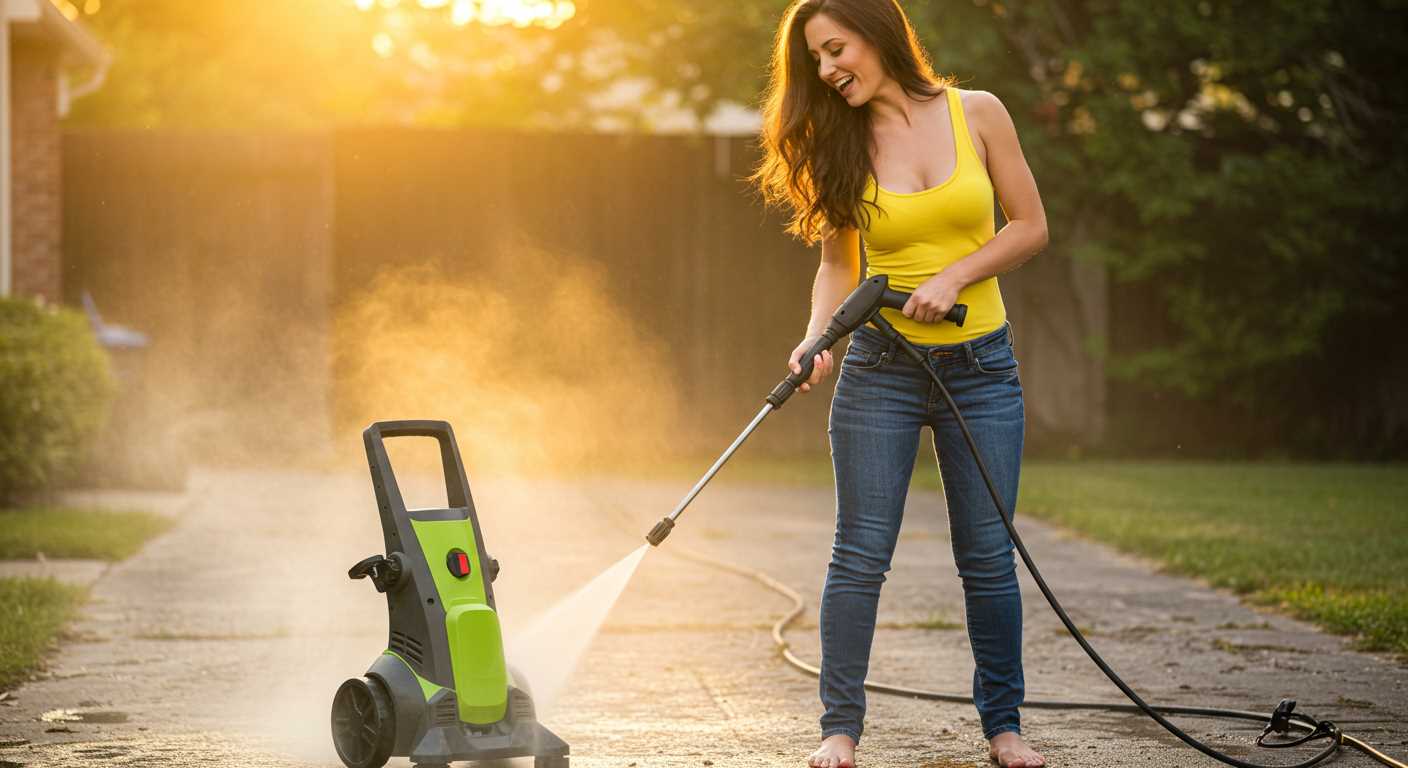
Evaluate the pump for clogs. Accumulation of debris can hinder operation, leading to disruptions. Clean filters and inspect for dirt buildup that could impede performance.
Assure the oil level is adequate if your model uses a gas engine. Low oil levels can trigger automatic shut-off features to prevent damage. Check the manufacturer’s guidelines for maintenance schedules.
Conduct regular maintenance to ensure the longevity of the unit. Cleaning and inspecting components will help you avoid frequent interruptions during use.
Understanding the Common Causes of Shutdowns
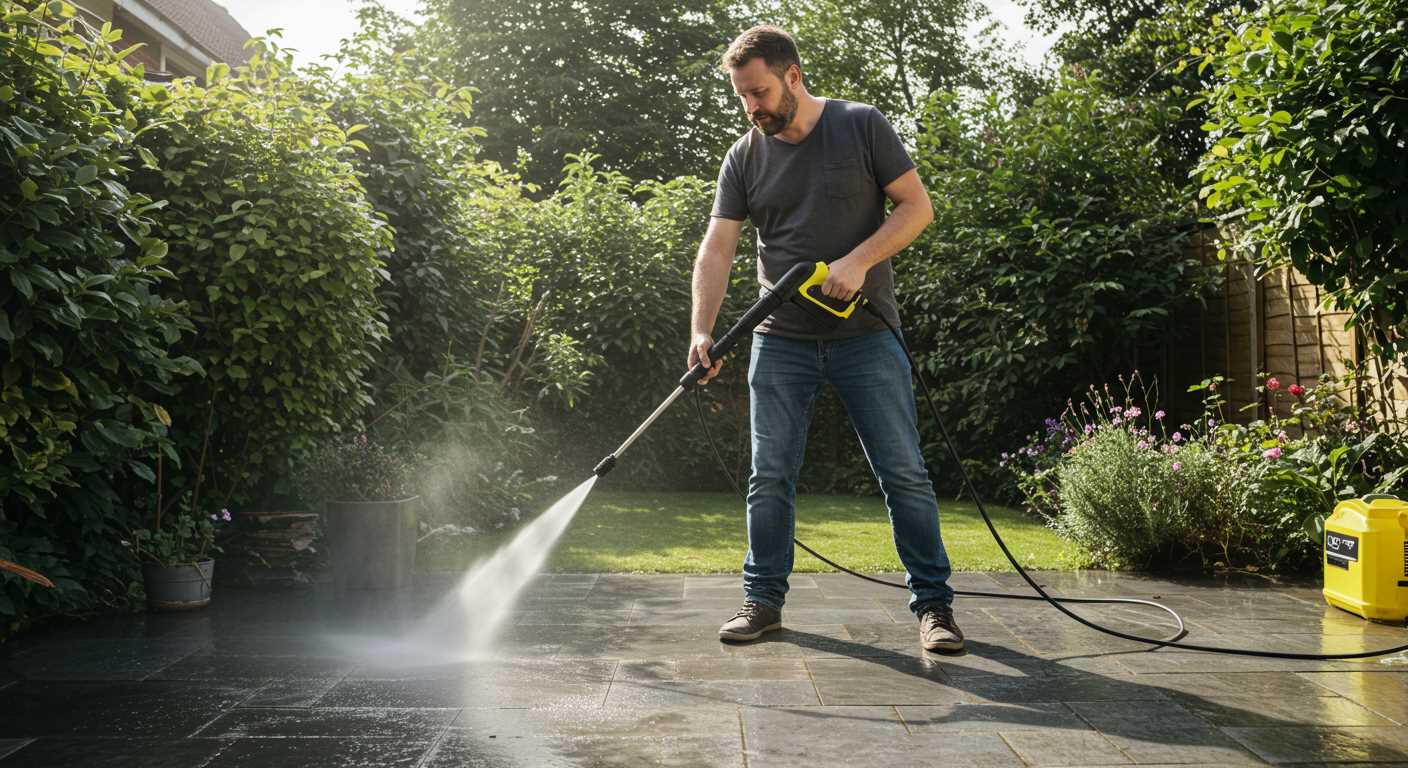
One frequent reason for unexpected halts can be an issue with the water supply. Always check that the source is operational and the hose is free of kinks or blockages.
Overheating Issues
Overheating often results from prolonged use without breaks. Ensure that the unit receives adequate cooling time between sessions. Additionally, inspect the intake filter; a dirty filter can inhibit water flow and lead to overheating.
Fuel or Battery Problems
- For units using fuel, confirm that you have sufficient petrol compliant with specifications.
- If electric, check for battery integrity. A failing battery could lead to inadequate power supply.
- Inspect connections and wiring for wear or damage that might disrupt power flow.
Additionally, examine the engine oil level. Low oil can cause the machine to shut down as a safety measure. Always use the recommended oil type and maintain the correct level.
Pressure Regulation Concerns
Another common cause relates to pressure settings. If the pressure is set too high, it may trigger the safety mechanism to cut power. Refer to the manual for proper pressure recommendations based on the task.
Regular maintenance is equally vital. Keeping components clean can prevent many issues, ensuring optimal performance and longevity.
Troubleshooting the Power Supply Issues
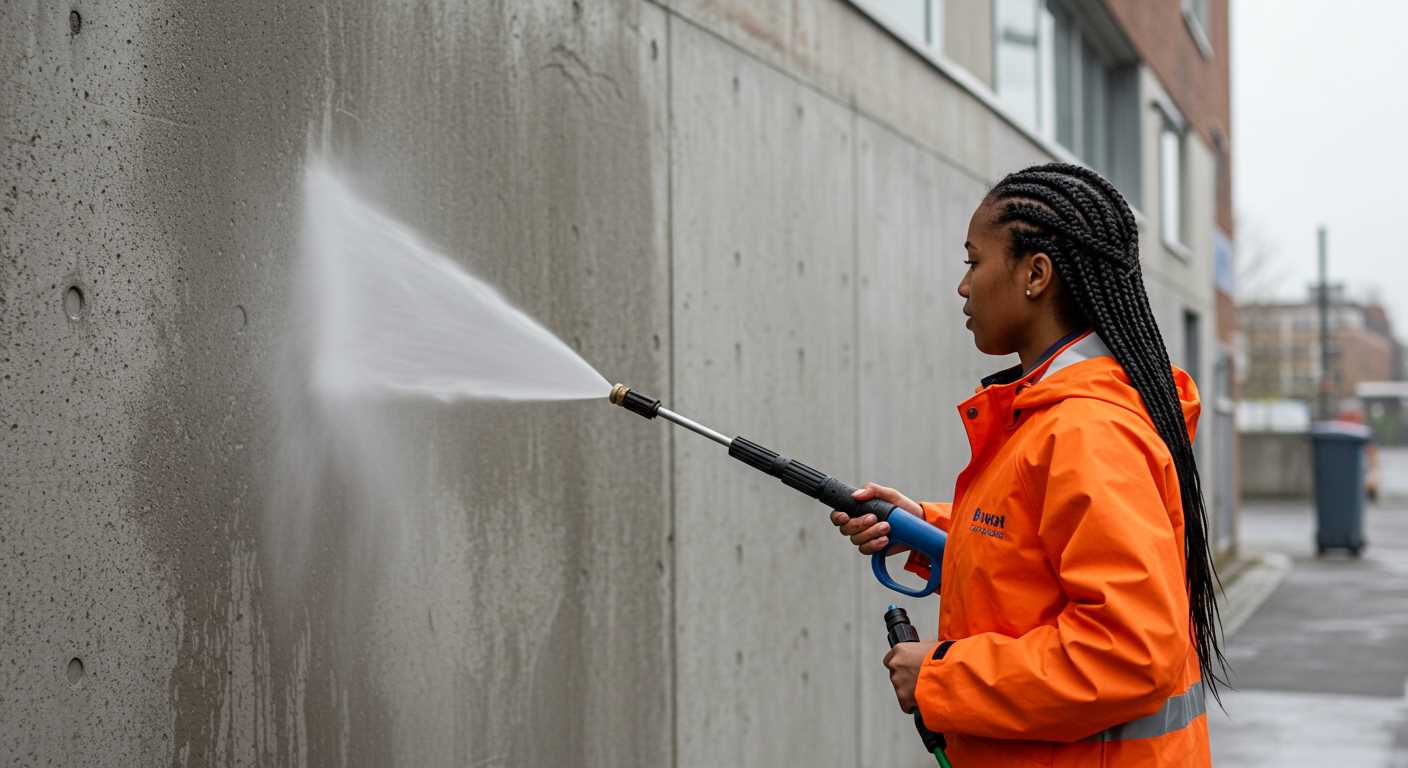
Check the power cord for any signs of damage or fraying. A compromised cord can lead to inconsistent power delivery, interrupting the operation. Ensure the plug fits securely into the outlet and inspect the outlet itself for issues.
If your unit is connected to an extension lead, verify that it is rated for the appropriate amperage. A lead that cannot handle the power requirements may lead to sudden cut-offs.
Test the outlet with another device to confirm it is functioning properly. If the other device does not power on, you may have a circuit breaker tripped or a blown fuse that needs addressing.
Use a multimeter to measure voltage at the outlet. It should register between 120V to 240V, depending on your system. If the voltage is below this range, consult an electrician to resolve the issue.
Inspect circuit breakers and fuses in your main electrical panel. Resetting tripped breakers or replacing blown fuses can restore consistent power to your cleaning equipment.
In scenarios with fluctuating power supply, consider utilising a surge protector to safeguard against voltage spikes that could interfere with performance.
| Issue | Solution |
|---|---|
| Damaged power cord | Replace the cord |
| Incompatible extension lead | Use a heavy-duty lead |
| Outlet not functioning | Test with another device, check breakers/fuses |
| Low voltage | Measure with multimeter, contact electrician |
| Voltage spikes | Install a surge protector |
Examining the Water Supply and Hose Conditions
.jpg)
Check the water source for adequate flow. Ensure that the tap supplying water is fully opened. A restricted flow can lead to interruptions during operation. If the water supply is low, consider using a larger diameter hose to improve flow rates.
Inspecting the Hose
Examine the garden hose for kinks, cracks, or blockages. Any form of damage can significantly impair performance. Ensure the connections are secure, and there are no leaks that might divert water away from the unit. If necessary, replace the hose.
Filter Maintenance
Clean the inlet filter regularly. A clogged filter can restrict water entry, causing the unit to lose pressure. Detach the filter from the water inlet and rinse it thoroughly under running water. If it’s damaged or heavily soiled, replacing it is recommended for optimal functioning.
By focusing on these aspects, you can improve the overall performance of your equipment and reduce unplanned interruptions in use.
Assessing the Pump and Valves for Malfunction
Inspect the pump for signs of leaks or wear. A worn-out pump can lead to inadequate pressure and cause the unit to stop functioning. Look for any water leaks around the pump housing; this could indicate seals that need replacement. If the pump is making unusual noises, this may also signify a problem. Ensure that the pump is properly lubricated according to the manufacturer’s recommendations.
Next, examine the valves within the pump assembly. Malfunctioning inlet or outlet valves can impede water flow, resulting in performance issues. Remove the valves and inspect them for debris or damage. Clean any blockages to ensure a smooth passage for water. If the valves appear cracked or worn, replace them to restore optimal function.
Conduct a pressure test on the pump to verify its operational status. If the pump fails to maintain pressure during the test, it is a clear indicator of a malfunction that requires attention. If everything appears intact but the unit still ceases operation, consider consulting a qualified technician for further diagnostics and repair.
Evaluating the Engine and Fuel System Integrity
The first step in addressing shutdown issues is to inspect the engine and fuel components closely. Begin by checking the fuel level; ensure there is enough petrol available to power the engine consistently. Low fuel can lead to erratic behaviour.
Next, examine the fuel quality. Stale or contaminated fuel can cause performance problems. Replace any old fuel with fresh petrol, and consider using a fuel stabiliser if the equipment will be idle for a long period of time.
Inspect the fuel lines for any signs of cracks or leaks. Damaged lines can result in pressure loss and inadequate fuel delivery. If any segments appear compromised, replace them promptly to restore proper functionality.
The fuel filter is another critical component. A clogged filter restricts fuel flow, leading to engine shutdown. Ensure it is clean and replace it if necessary. Regular maintenance of the filter will prevent future complications.
Next, assess the carburettor for blockages or malfunctions. A dirty carburettor can disturb the air-fuel mixture, causing performance issues. Clean it thoroughly and ensure all parts are functioning correctly. Pay particular attention to the gaskets for wear or deterioration.
Finally, check the spark plug. A worn or fouled spark plug can fail to ignite the fuel mixture effectively. Remove the plug, inspect it for damage, and clean or replace it as needed to ensure a reliable spark.
By diligently evaluating these elements, you can significantly enhance performance and reduce the likelihood of unexpected engine shutdowns.
Checking for Blockages in the Spray Wand and Nozzle
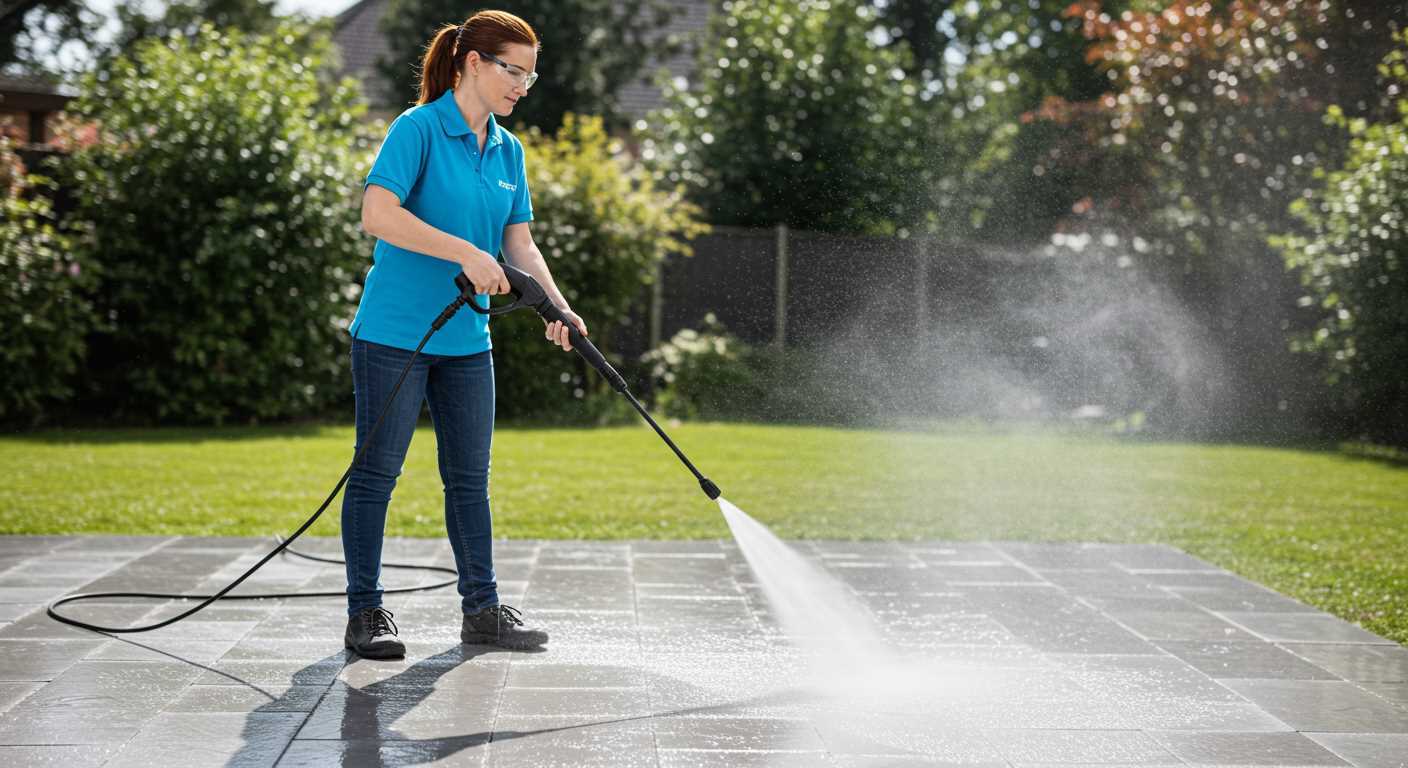
Inspect the spray wand and nozzle for debris or clogs. Remove the nozzle from the wand, and examine it closely under good lighting. Use a fine needle or a toothpick to clear any blockages in the orifice.
Run water through the wand without the nozzle attached. If water flows freely, the wand is likely clear. If not, check for kinks or obstructions along the length of the wand.
For the nozzle, immerse it in a solution of water and vinegar to dissolve any mineral deposits. Let it soak for about 15 minutes before rinsing thoroughly. This can enhance performance and help prevent future clogs.
Ensure that the spray pattern adjusts correctly when using different nozzles. If it fails to change, there could be a blockage within the nozzle’s internal parts. In such cases, replacing the nozzle may be necessary to restore full functionality.
Regular maintenance and cleaning of these components can significantly improve the overall operation of the unit, preventing unexpected interruptions during use.
When to Seek Professional Repair Services
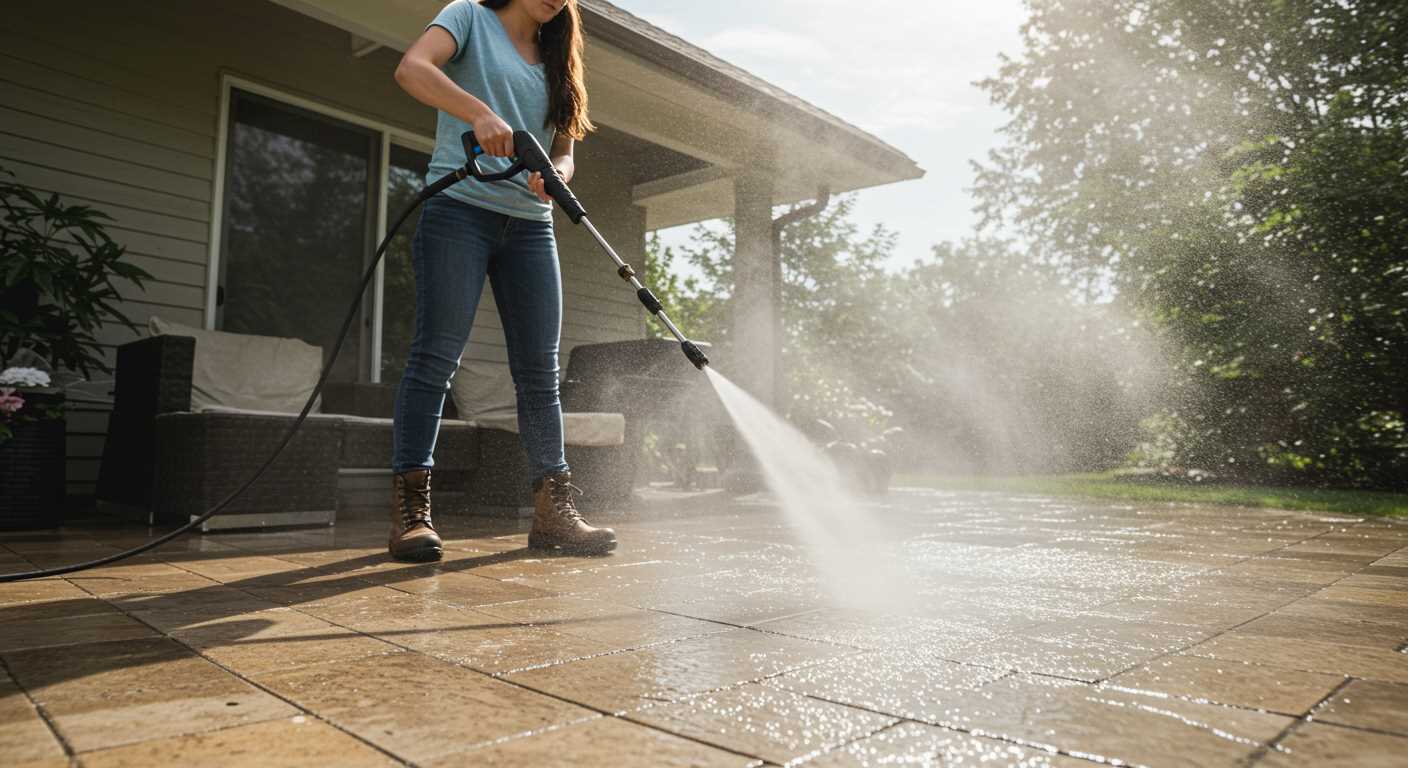
If your equipment continues to malfunction despite all troubleshooting efforts, it’s time to contact a specialist. Professional technicians can diagnose deep-rooted issues that are not easily identifiable.
Signs Indicating Professional Help is Needed
- Frequent stalling during operation even after addressing the common problem areas.
- Persistent leaks from the pump or engine that cannot be resolved with simple sealing solutions.
- Unusual noises or vibrations that were not present before, indicating potential mechanical failure.
- Inability to maintain consistent pressure despite confirming that there are no blockages.
Benefits of Professional Support
- Access to specialised tools and diagnostic equipment that may not be available to the average user.
- Expert knowledge on specific models to identify unique issues or recalls.
- Warranty protection; ensuring that any repair remains covered under existing guarantees.
Contacting a repair professional can provide peace of mind, knowing that the machine is in capable hands. It allows for efficient resolution of problems while extending the lifespan of your equipment.
FAQ:
What could be the reason my Ryobi pressure washer keeps shutting off during use?
There are several potential reasons why your Ryobi pressure washer may be shutting off. One common issue is overheating, which can happen if the machine is run continuously for too long without breaks. Another possibility is a clogged filter or nozzle, causing excessive pressure buildup and triggering an automatic shutoff feature. Additionally, low water supply or improper connections might lead to the unit shutting down. It’s advisable to check the user manual for troubleshooting tips and ensure proper maintenance for optimal performance.
How can I fix a Ryobi pressure washer that is turning off frequently?
Fixing a Ryobi pressure washer that shuts off frequently involves a few steps. First, inspect the water supply to make sure it is steady and adequate. Next, check if the filter is clean and free from debris; a clogged filter can impede water flow, leading to shutdowns. If the unit is overheating, give it time to cool down, and consider taking breaks during use to prevent this. If the issue persists after these checks, it might be beneficial to consult a professional for further diagnosis or repairs, as there could be internal component issues.
Is it safe to continue using my Ryobi pressure washer if it keeps shutting off?
If your Ryobi pressure washer frequently shuts off, it’s best to address the issue before continuing use. Operating the machine while it is malfunctioning can lead to further damage. Overheating can cause internal components to fail, and running without an adequate water supply could harm the pump. It’s advisable to troubleshoot the problem first by checking the water flow, ensuring filters are clean, and allowing the washer to cool down as needed. If problems persist, it’s wise to seek professional help to avoid potential safety hazards and to extend the life of your equipment.







